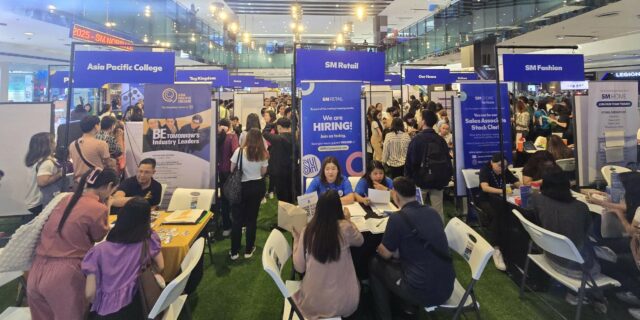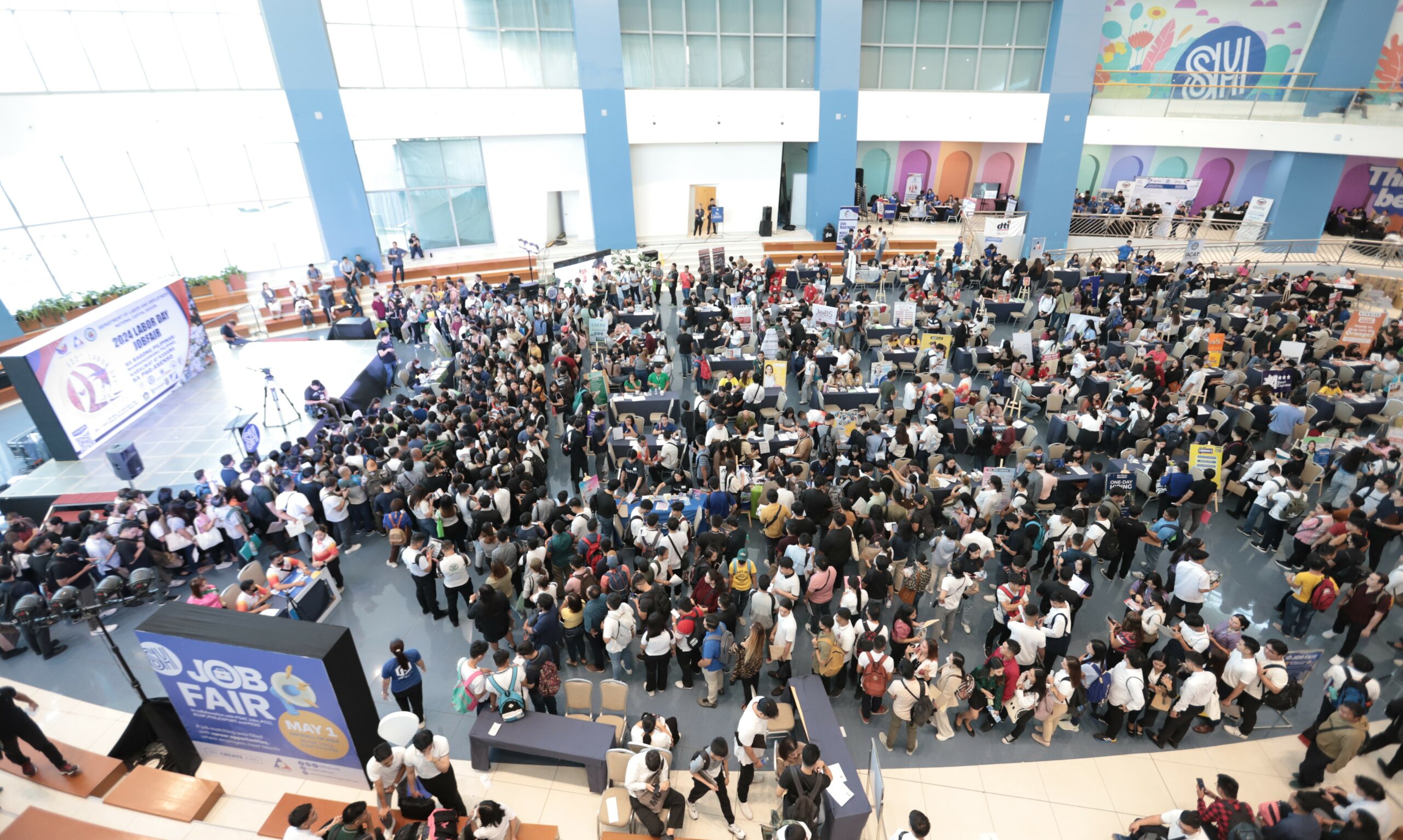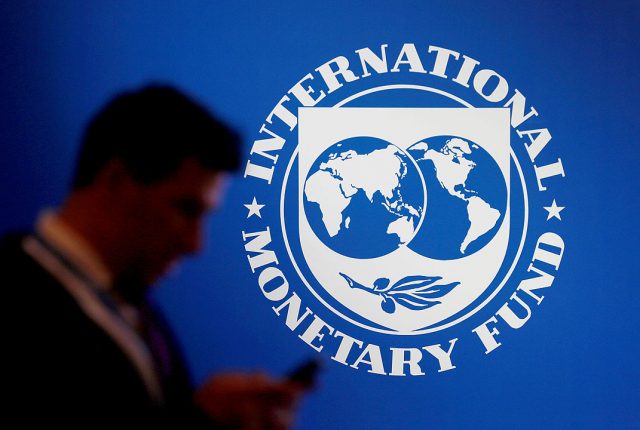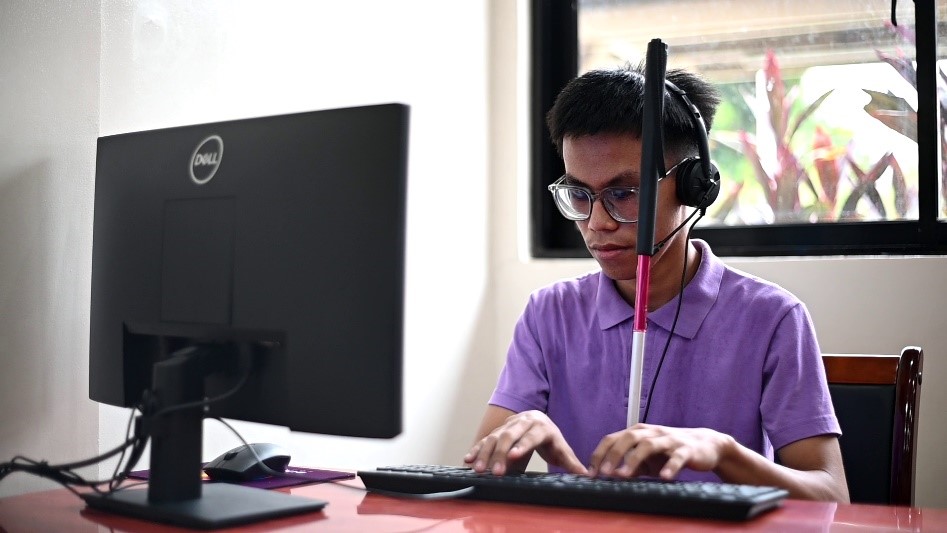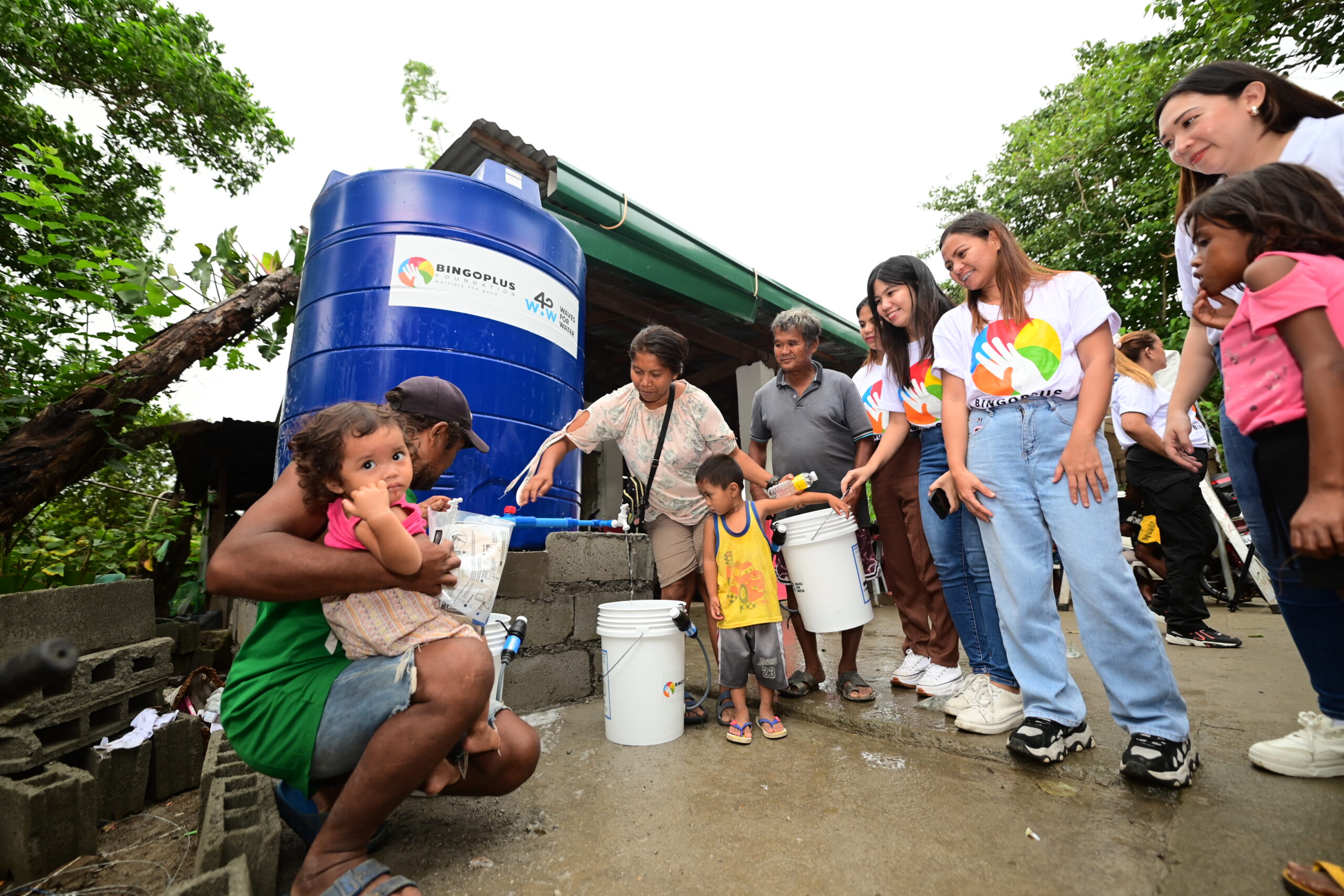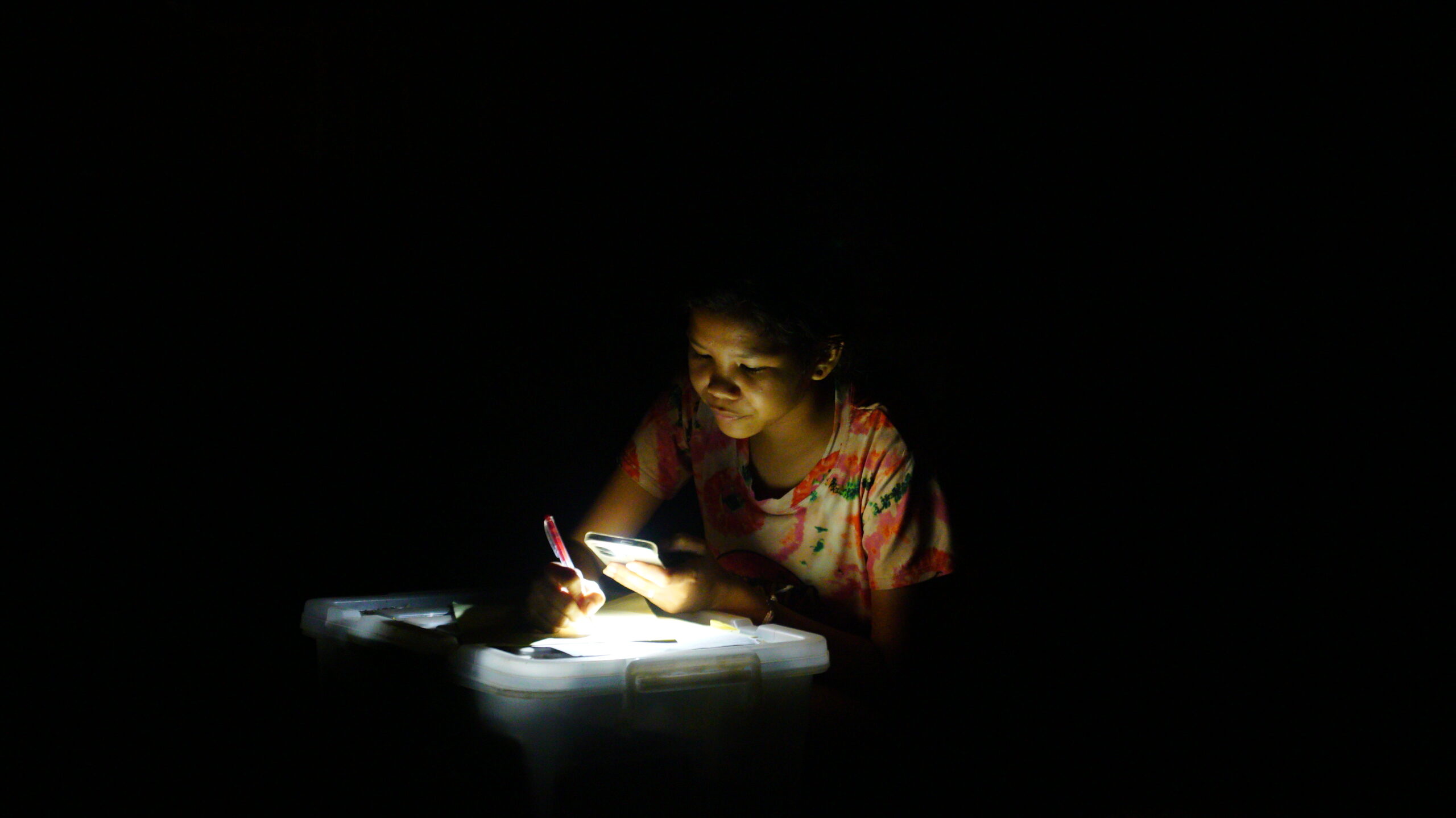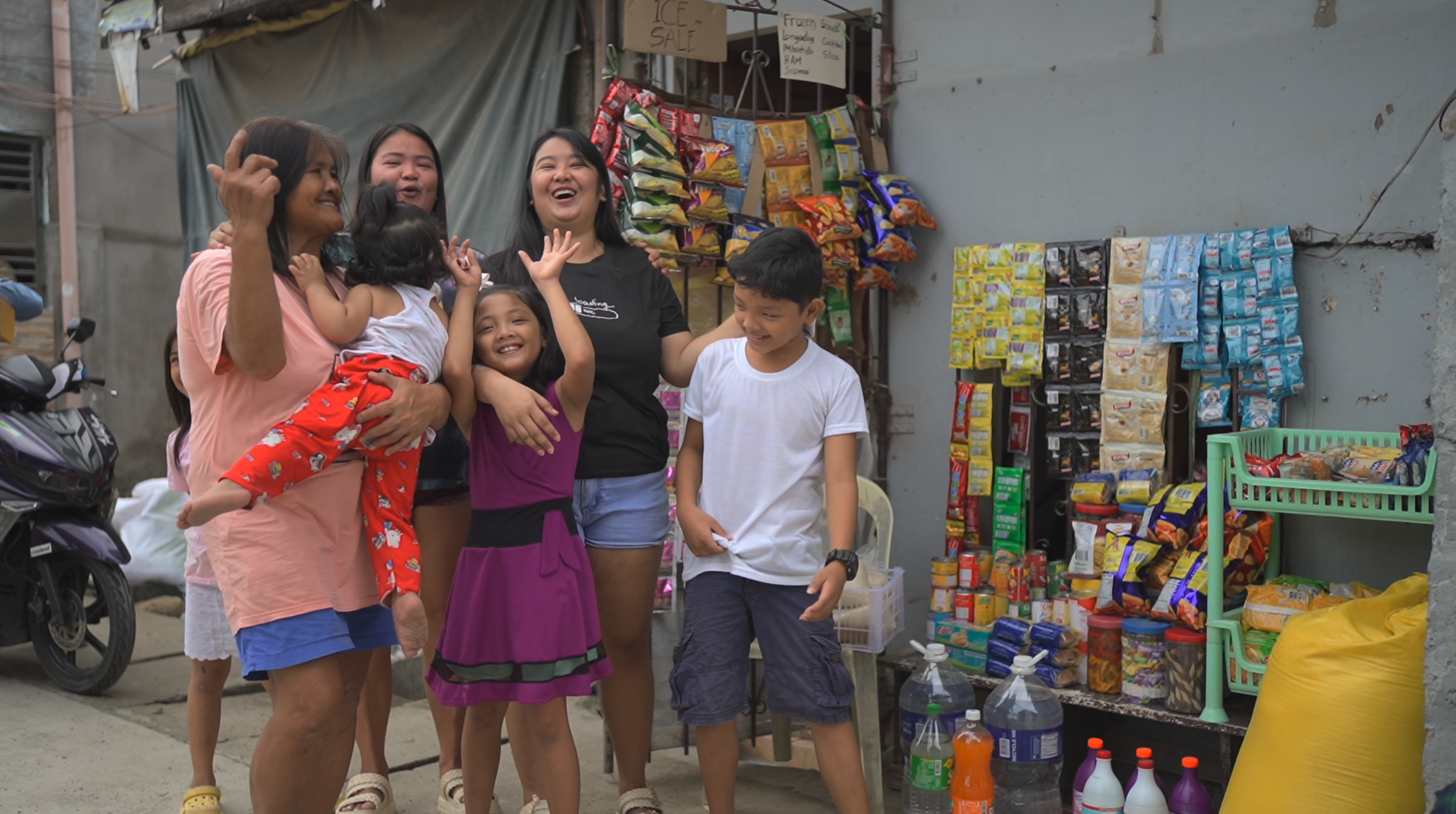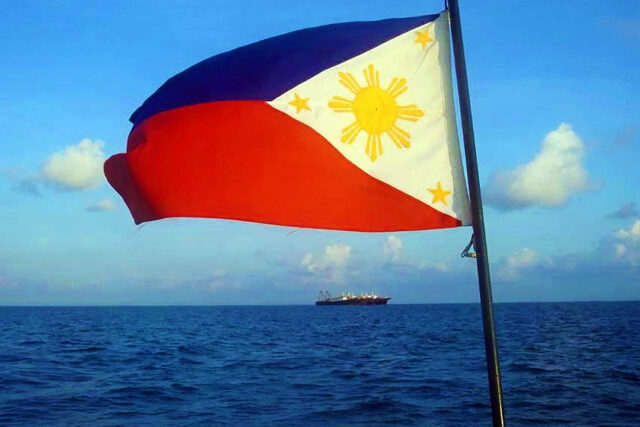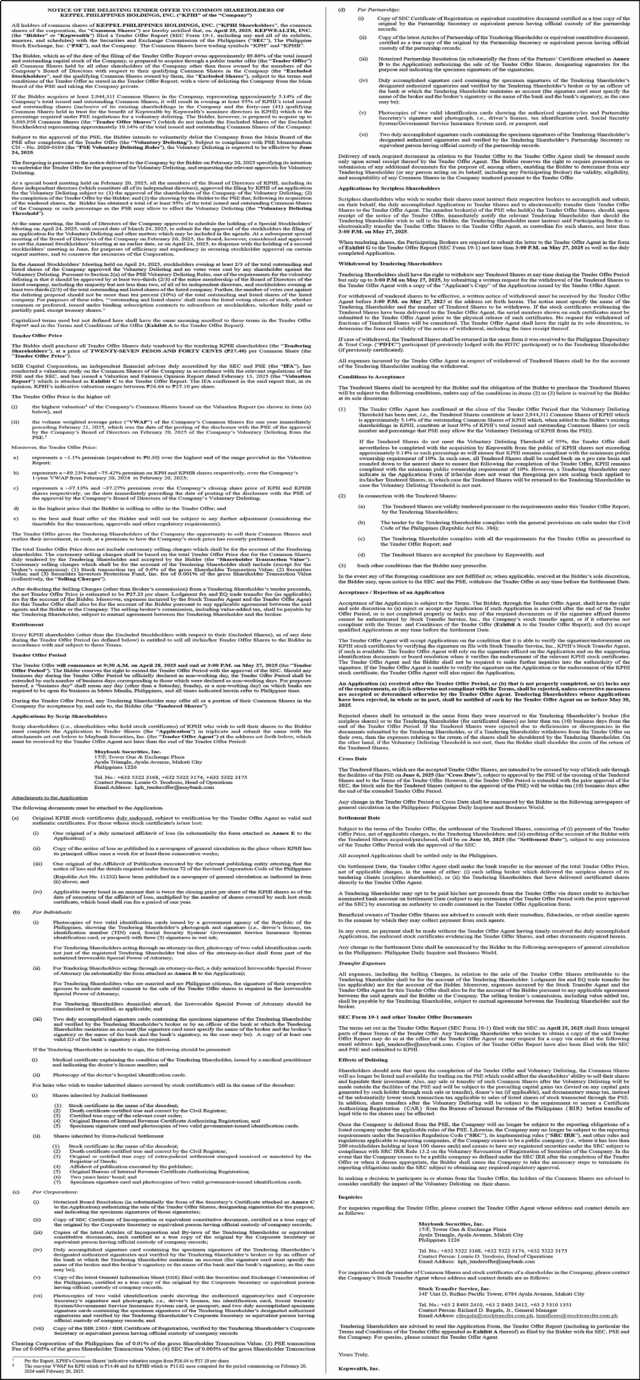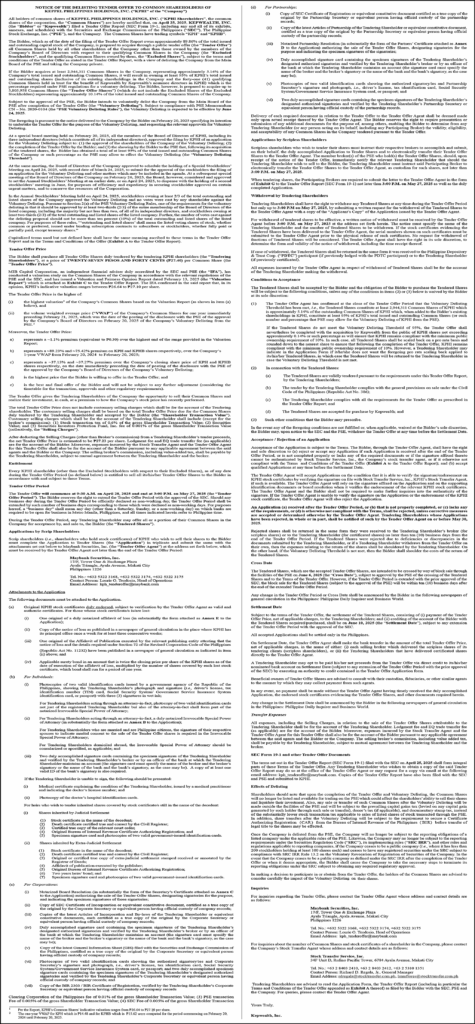Asia takes lead in race for interim deals to avoid Trump tariffs
Asian economies geared for exports and facing some of the highest US “reciprocal” tariffs are leading the way over their western counterparts in trade negotiations with the Trump administration.
Past experience suggests comprehensive trade deals take many months if not years to complete — time that countries including South Korea, Japan and India don’t have, given their shipments to the US face levies rising to near 25% in just over two months. Vietnam’s is pegged at 46% and Thailand’s at 36%.
What’s looking likelier for these countries are smaller, interim accords aimed at staving off the snapback of the most punitive US tariffs before the 90-day grace period expires in early July. That would allow President Donald Trump to tout quick success in his disruptive trade policy.
Speaking Sunday on ABC News’ This Week with George Stephanopoulos, Treasury Secretary Scott Bessent said there are 18 important US trading partners, including China which is undergoing a “special negotiation.”
With the other 17, “We have a process in place, over the next 90 days, to negotiate with them,” Bessent said. “Some of those are moving along very well, especially with the Asian countries.”
Last week Bessent said the US and South Korea could reach an “agreement of understanding” on trade as soon as this week. Korean officials say they see early July as the initial deadline for any concrete deal to at least clinch tariff exemptions.
Expecting more than that appears overly optimistic. The US and South Korea signed a free-trade agreement in 2007 that required more than a year to hammer out and took until 2011 for Congress to ratify. It then was re-negotiated under the first Trump administration for several more months in 2018.
With the US and China still at an impasse and other major Asian economies charting a faster track, US trading partners in North America and Europe are still trying to understand the basic parameters. Those include the scope of talks and who’s running trade policy in Washington, while sounding less worried about speed.
To them, there are risks to seeking a first-mover advantage, and given Trump’s impatience with China’s determined response and resistance to talks unless Beijing’s conditions are met, some sense patience is the more prudent approach.
GAUGING PROGRESS
Officials from the European Union came away from their initial discussions in Washington in mid-April convinced that there’s no negotiating away the 10% levy — and that the US may double it to the so-called reciprocal level if there’s no progress when the 90-day grace period expires. That could lead Brussels to retaliate, including with counter-tariffs against Trump’s 25% steel and aluminum import protection, as well as restrictions on exports to the US.
The UK is staring at a tariff fixed at the 10% floor and doesn’t sound like it’s in a hurry. “A deal can be done” but “we’re not going to rush,” Chancellor of the Exchequer Rachel Reeves told reporters in Washington last week.
Canada, whose tariffs aren’t affected by the temporary reprieve, is going to take its time, too. “We don’t have to do a deal in the short term,” Canadian Prime Minister Mark Carney told reporters Thursday, as he campaigned in British Columbia ahead of the April 28 election. “My government will do the right deal.”
Among European countries, Switzerland jumped on the fast track given its goods are facing a 31% duty. The government said it’s one of 15 countries that will get “somewhat preferential treatment,” after agreeing to tariff negotiations with the Trump administration.
Levies will be held at 10% during the process, even if they extend beyond Trump’s 90-day tariff pause, Swiss President Karin Keller-Sutter said in Washington last Thursday.
Trump’s White House has singled out progress on talks with India, Japan and South Korea over the past week as it juggles dozens of meetings with countries.
SECTORAL TARIFFS
Trump has said he wants to drive down the US’s bilateral trade deficits and seek lower tariff barriers for exporters, while also regularly signaling he does not plan on dropping countries below the 10% tariff flat rate. The talks may also focus on sectoral tariffs, such as those on autos and metals.
Trump was poised to meet with some world leaders about tariffs during a brief visit to Rome for the funeral of Pope Francis over the weekend. “The tariff plan is doing very well,” Trump said Friday at the White House as he left for the trip. “We’re resetting the table.”
For South Korea, progress can be linked generally to its approach of offering Trump officials what they’re asking for: greater market access for American goods, lower non-tariff barriers and a desire to invest more stateside.
“We presented our willingness and initiative to cooperate in areas of major interest to the US such as trade, investment, shipbuilding and energy,” Finance Minister Choi Sang-mok said after meeting with Bessent.
Adding to the challenge Asian countries face to strike deals is Trump’s erratic course on tariffs. There’s also the more practical issue of how Washington will handle the workload, especially with many staff-level positions in the administration still unfilled.
To help manage the next steps, the Trump team has drafted a framework to handle negotiations with about 18 countries, including a template that lays out common areas of concern to guide the discussions.
‘SECOND ACT’
“We are into the first or second act of a theater of negotiation between the United States and their various trading partners,” said John Woods, the Asia chief investment officer of Lombard Odier, on Bloomberg TV. “Once we get close to that third act, maybe in the next couple of quarters or so, clarity towards the likely implications of the tariff story will become a lot clearer.”
Japan spent more than a year negotiating a 2019 trade agreement with the US during the first Trump administration. Tokyo’s current top trade negotiator, Ryosei Akazawa, says the two sides have yet to agree on a full scope of negotiations ahead of his second trip to Washington for tariff talks, expected in the next few days.
Local media say Japan is considering buying more American corn and soybeans, and planning a new effort to showcase the US investment plans by Japanese carmakers. Japanese officials say they hope Bessent and other negotiators can help them get a deal, but they are wary about whether they can win over the president.
But Japan intends to push back against any US effort to bring it into an economic bloc aligned against China because of the importance of Tokyo’s trade ties with Beijing, Bloomberg News has reported.
India is perhaps the most advanced of any nation in its trade talks with the US. The two sides have agreed on 19 areas for negotiation, including greater market access for goods and services such as agricultural products, and e-commerce, as well as issues related to corruption and rules of origin, according to people familiar with the matter.
A framework for negotiations was completed after the meeting of US Vice President JD Vance and Prime Minister Narendra Modi last week, after which the US said it’s made “significant progress” toward a bilateral trade deal.
VIETNAM, THAILAND
Meanwhile, Southeast Asian economies have offered to buy more US farm products, including meat, soybean and fresh fruit, as well as import more of its natural gas. They’ve also pledged to lower tariffs on a range of US goods, such as steel, electronics and automobiles.
Vietnam, which got hit with one of the highest reciprocal tariff rates, could also look to purchase Lockheed F-16 fighter jets as part of a trade deal.
Still, there’s a growing sense that the trade talks can’t simply be a one-way street. Indonesia’s Coordinating Economic Minister Airlangga Hartarto said on Friday that the government will also ensure domestic interests as the US asks for more market access, investment deregulation, as well as cooperation in critical minerals supply chains.
That’s an approach Thai officials are also pursuing.
“We’ll approach the talks with the mindset that we’ll give them something if they’re also willing to give us something,” Thailand Prime Minister Paetongtarn Shinawatra also said on Thursday, when the nation announced that negotiations with the US would be postponed. — Bloomberg



